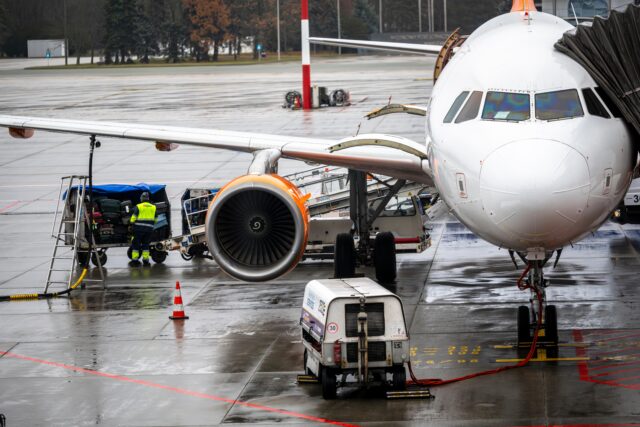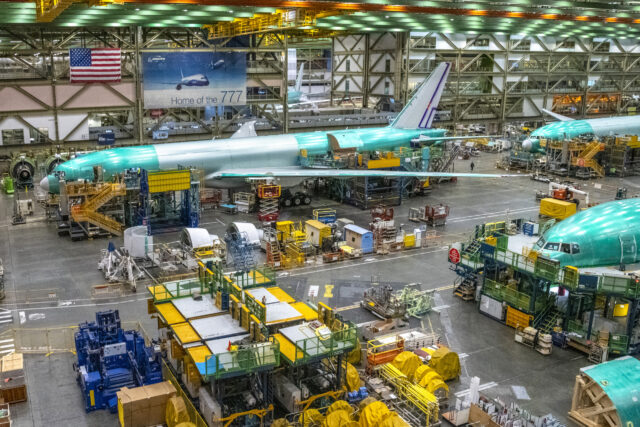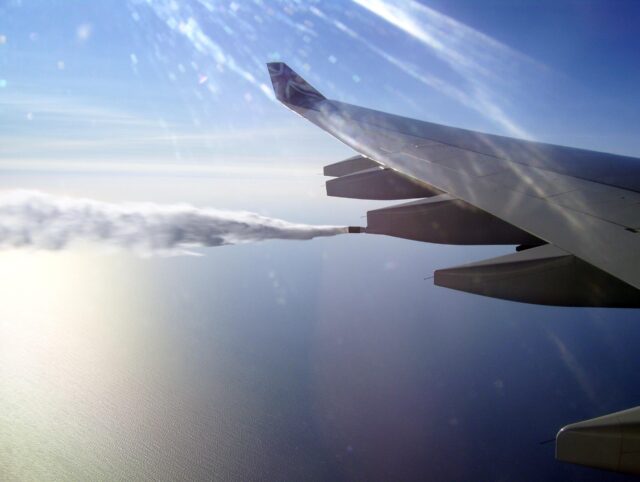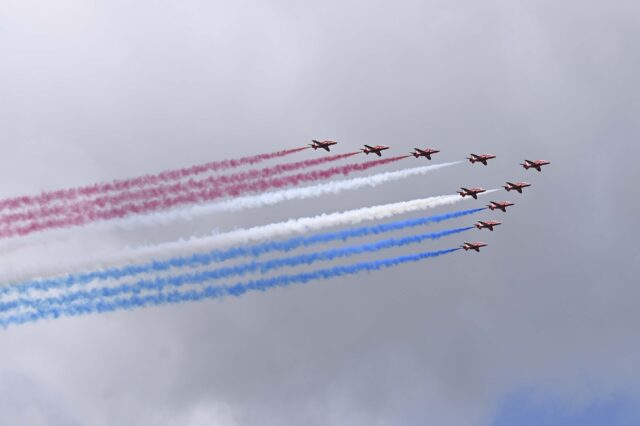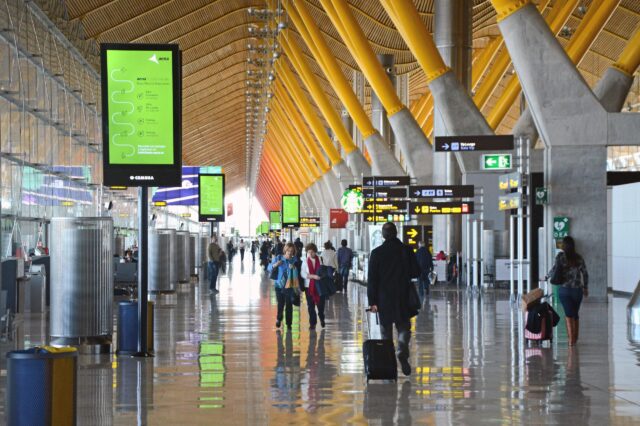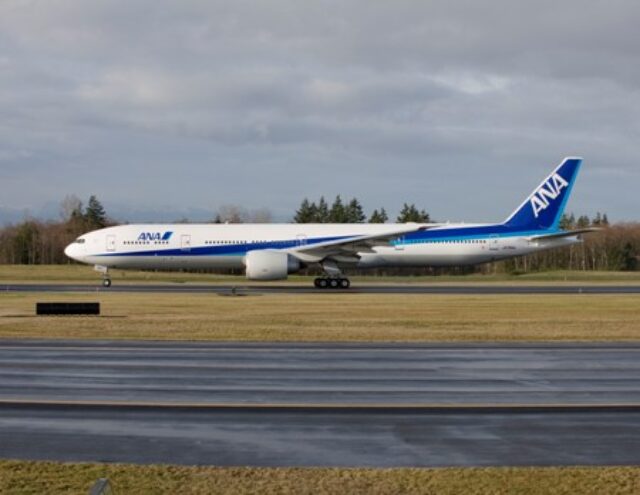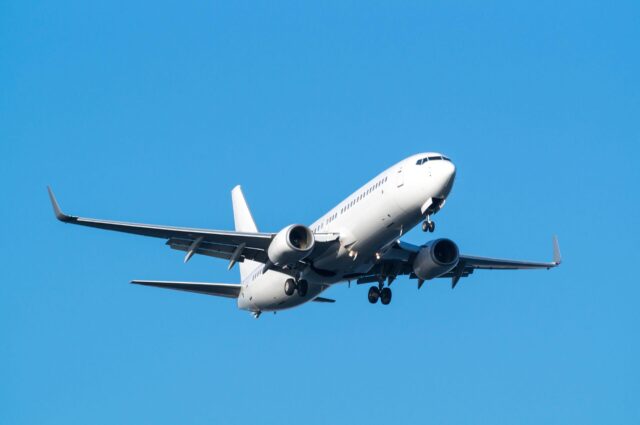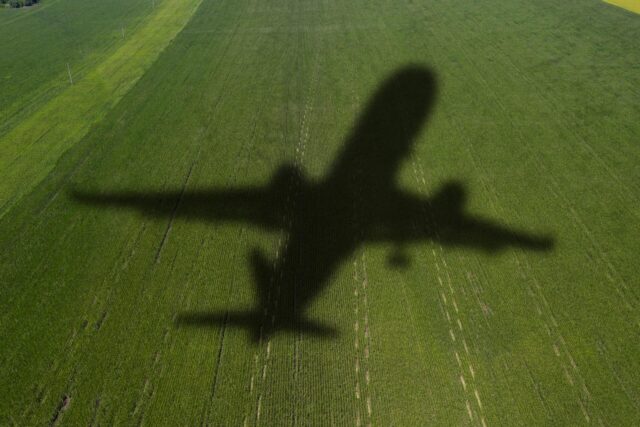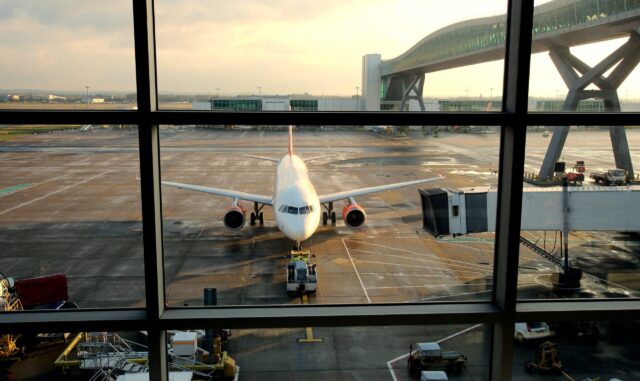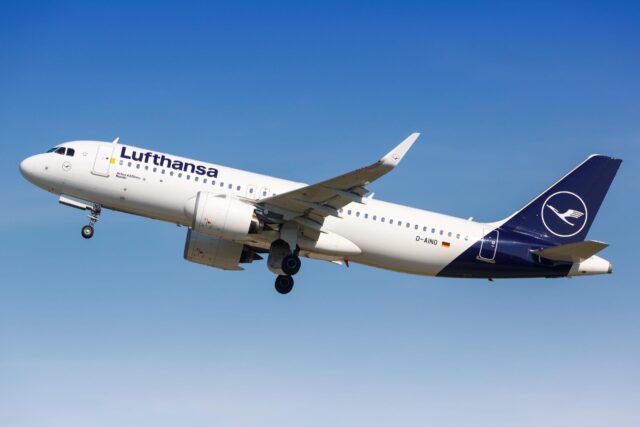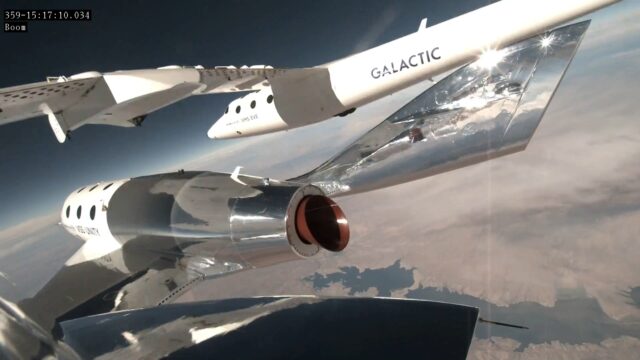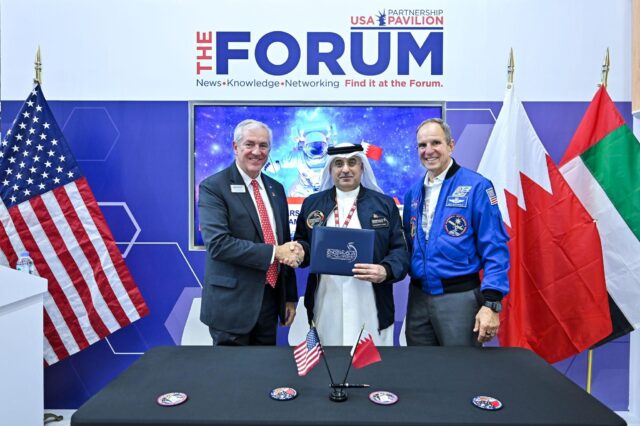Fighter jets, drones and air defence: What NATO’s increased budget means for defence aviation

June 24, 2025

World leaders are gathering in The Hague for the NATO summit. All 32 members are expected to endorse a new spending target of 5%, more than double the current target of 2%.
As the meeting kicked off, NATO secretary Mark Rutte repeated calls for military investment, particularly in production. In an impassioned address, he said,
“It is simply unthinkable that Russia, with an economy 25 times smaller than Nato’s, should be able to outproduce and outgun us.”
“We must spend more to prevent war,” he added. “We must win this new war of production. That’s what this summit is all about.”

With a defence investment proposal of 5% of GDP on the table, the impact on future defence capabilities cannot be understated. But with NATO members yet to meet the 2% benchmark, including Spain, which spends just 1.28% of its GDP on defence, questions remain over whether an agreed upon target will realistically be met.
Bloomberg reports Spain has been given an exemption from the target. The nation argued that it could meet its defence obligations with less than a 5% spend.
Conversely, the United States spends 3.4% of GDP on defence. Drawing from its huge economy, it now makes up around two-thirds of the $1.5 trillion budget. President Trump has been outspoken about allies not pulling their weight, and is still hoping for a US exemption to the 5% target.
The sign-off of the target is pretty much a done deal, with all 32 nations reported to be on board – minus those anticipating ratified exemptions. But the summit’s real work lies in translating that commitment into shared metrics, capability plans and, most importantly, to send a strong message of unity and cohesion to the United States and the world.
What does the NATO summit mean for air forces and future fighter jets?
The 5% defence investment proposal is split between two priorities. Core defence, such as troops, weapons, air defence and aircraft, is set at 3.5% of GDP, while broader security measures spike logistics, infrastructure and resilience are to reach 1.5%.
That 3.5% core defence spending translates to an annual budget of some $1.75 trillion, hundreds of billions more dollars than NATO currently spends.
While not all of this windfall will flow to aviation, a significant share is likely to fund aircraft procurement, drone programs, and support infrastructure, as NATO modernises for 21st-century conflict.

NATO’s integrated air planning includes priorities such as:
- Support for 5th and 6th generation fighter jets, through programmes like NGAD and GCAP
- Upgrades to Airborne Early Warning and Control (AWACS) assets
- Investment in aerial refueling tankers and strategic lift
- Interoperability between advanced fighter jets and drones
NATO is also exploring future unmanned aerial vehicles and systems for manned-unmanned teaming of air platforms.
With more money in the pot, we can expect to see more stability for all future air force technology projects, from future fighters to AI integration and drone technology. Recruitment will be a key priority too, as both the UK’s RAF and the US Air Force have missed recruitment targets in recent years.
Air defence is a key NATO spending priority
A top priority from NATO is the need for elevated air and missile defence (AMD). Rutte called for a fivefold increase in air defence capabilities to confront evolving threats from Russia.
The alliance has emphasised the importance of integrated AMD, ensuring interceptors, radars, ships and satellites are networked for multi-layered defence.

This will manifest in the proliferation of advanced missile defence systems across the NATO landscape. Expect to see investment in long-range interceptors like Patriot or THAAD, but also short-to-medium range systems like NASAMS and Sky Sabre.
Defence aviation has competition for budget
While defence aviation will get a huge boost from increased spending, NATO nations have competing priorities to accommodate too.
NATO aims to massively restock depleted inventories of weapons and ammunition. Large-scale support of Ukraine has left many members with lower than usual stockpiles of assets, and Rutte called for ‘millions of rounds of artillery ammunition’ to be included in the push.

The Secretary General also called for ‘thousands more tanks,’ stressing the importance of boots on the ground. NATO has already exceeded its target of having 300,000 ‘high readiness’ troops, and is committed to remaining capable of rapidly reinforcing any threatened member at any time.
It’s important to note that the 5% spending goal is binding to be achieved by 2035. Rutte has said that individual states have the flexibility to get to the goal on their own terms, which could mean we see very little change in budgets for some time.
Nevertheless, with growing threats from Russia and the Middle East, the appetite to fund better defences is strong, and could facilitate a boom in military aviation technology over the coming years.
